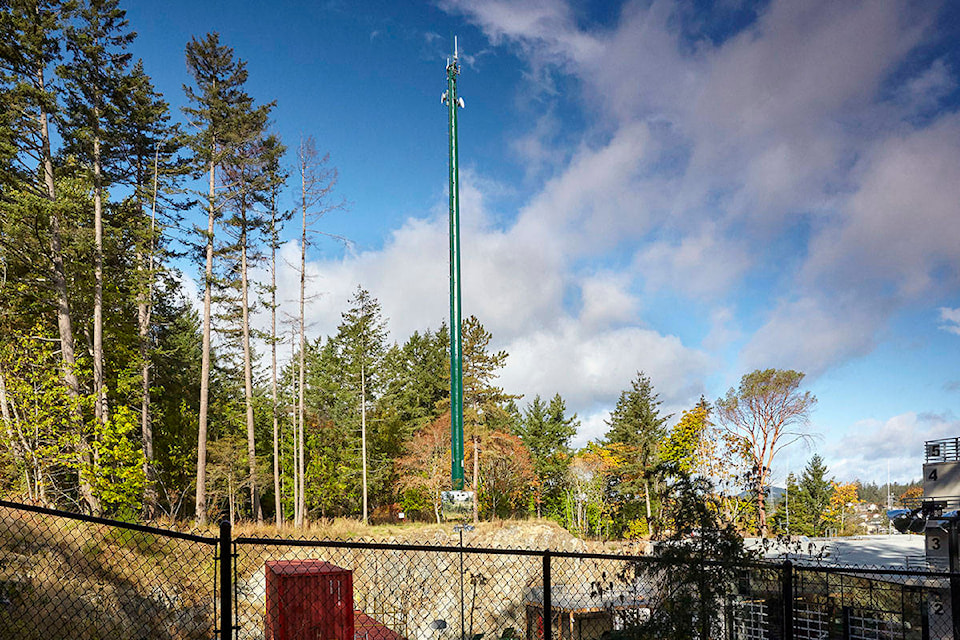A technology renewal project by CREST (Capital Region Emergency Service Telecommunications), the organization that currently serves to co-ordinate communications between 50 emergency response agencies in the Capital Region, is well underway and comes just in time to meet the ever-expanding needs on the Saanich Peninsula.
In a proactive undertaking between CREST and the Town of Sidney, CREST has arranged for dedicated, purpose-built space in Sidney’s public safety building currently under construction. The new building will house a future CREST transmission site to address the new commercial area on the west side of the Patricia Bay highway, as well as increasing activity at the Victoria International Airport.
“Rumours that this new system is somehow caused by these factors are unfounded,” said CREST General Manager Gordon Horth.
“The old system went live in 2003 and the average lifespan of these systems is about 15 years,” added Horth, “so the upgrade was going to happen.”
Even so, the upgrading of the system comes at a fortuitous time for Sidney and the surrounding region.
“The new system moves us from using a combination of digital and analog technologies in the VHF wavelength range to a totally digital system in a dedicated bandwidth of 700 megahertz. That means that the signal will be far more capable of penetrating the thick concrete and steel structures being built throughout the Capital Region, including sites like the new shopping mall. It wasn’t a motivating factor for the change, but it is a side benefit,” said Horth.
Another effect of the change to the digital signal in a dedicated bandwidth is that the signals will be encrypted, making the outside monitoring of emergency channels far more difficult.
“In today’s world, we have to be aware of privacy concerns. When emergency crews are responding and giving out names and medical conditions it’s important that we try to aware of peoples privacy needs and the ability of anyone with a scanner to pick up that information under our current system,” noted Horth.
Sidney Fire Chief, Brett Mikkelsen, is looking forward to the new system and is thrilled that the main component of the new system will be located in the new public safety building.
“We found space within the building and it’s a great thing, given that the building is being constructed at the highest post-seismic building. I know the construction has seemed to be slow, but people have to realize that it’s being built upon 130 piles that have been driven right down to bedrock. If a large earthquake were to hit, that building would, in all likelihood, still be standing and our emergency communications system would remain intact,” explained Mikkelsen.
Already in place and being tested in the Victoria/Oak Bay/Saanich core of CREST operations, the system is slated to come online on the Peninsula by year’s end.
“We’ve already installed new equipment at one primary site (on the Peninsula) and are working on a physical upgrade on a second site. The main system will be in the public safety building and we are hopeful that we can start testing in September with an aim of cutting over to the new system in total by the end of this year,” said Horth.
The 50 emergency response agencies served by CREST represent more than 2,000 emergency service providers who rely on the system for communications. Those providers rely on the system 24/7, involving approximately eight million calls annually – one call every 4 seconds.
Capital Region Emergency Service Telecommunications Inc
